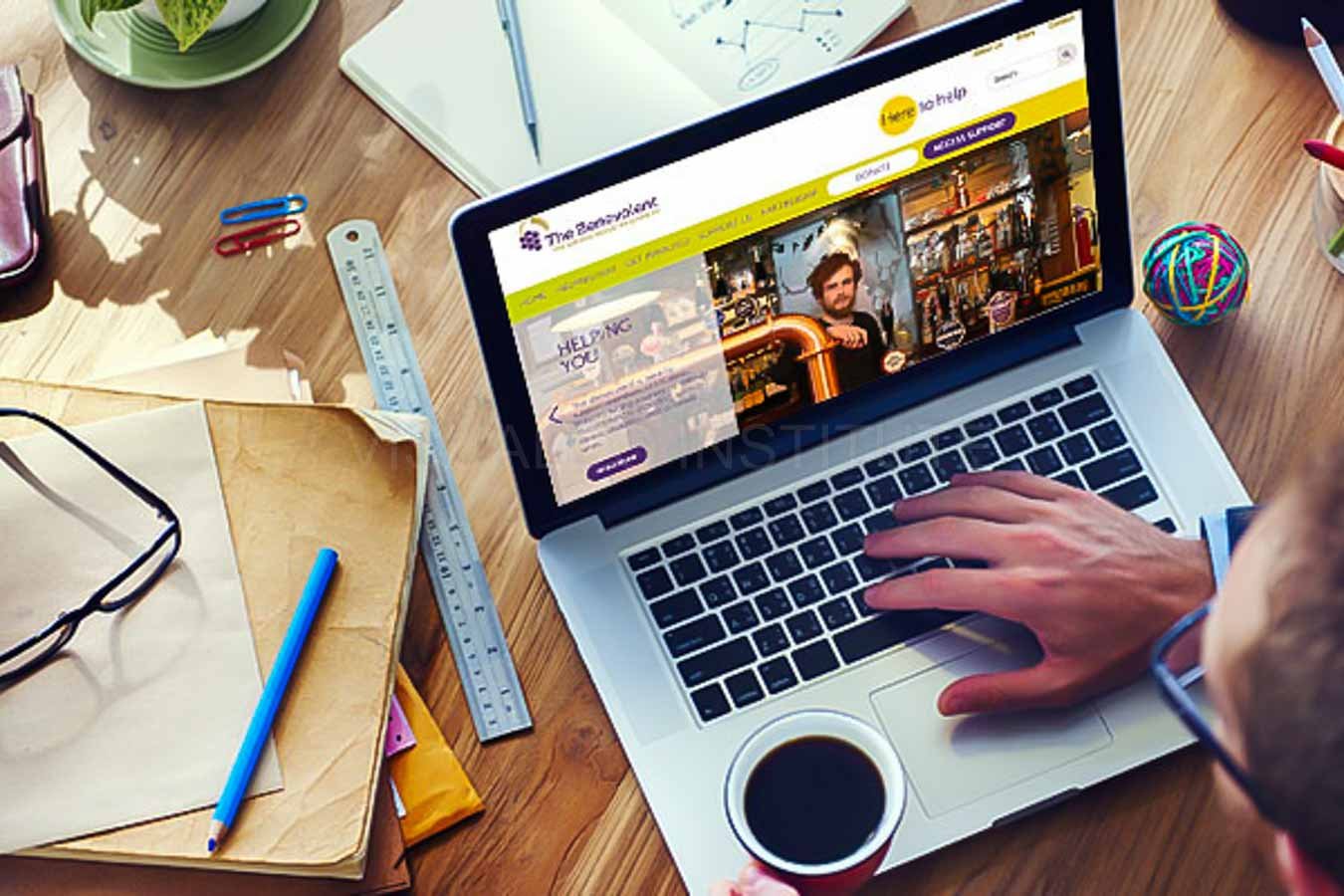Affordable Aligned Position Web Design: Top-Notch Web Design Services at Competitive Prices
Affordable Aligned Position Web Design: Top-Notch Web Design Services at Competitive Prices
Blog Article
The Very Best Types of Web Layout to Improve User Experience and Engagement
In the ever-evolving landscape of digital interaction, the efficiency of Web design dramatically affects user experience and involvement. Different design techniques, such as minimalist, receptive, and interactive formats, each deal one-of-a-kind advantages that can provide to diverse individual needs. Recognizing which sorts of website design best offer these objectives can be pivotal for companies intending to boost client satisfaction and retention. The concern remains: which design aspects really reverberate with customers and foster significant involvement? The expedition of these concepts reveals important understandings that may redefine your approach to Web layout.
Minimalist Web Style
As electronic landscapes come to be increasingly chaotic, minimal Web style has become a powerful strategy to enhancing customer experience. This design ideology focuses on simplicity, concentrating on essential elements while eliminating unneeded interruptions. By utilizing sufficient white room, uncomplicated navigation, and a minimal color scheme, minimalist design cultivates clearness and guides user focus to crucial web content.
The core principle of minimalist website design is to produce a smooth interaction for individuals. By lowering cognitive lots, individuals can swiftly comprehend information without really feeling bewildered. This direct method not just enhances usability but additionally encourages involvement, as visitors are most likely to discover a site that is visually enticing and simple to navigate.
Additionally, minimalist design frequently highlights typography and imagery, utilizing these elements purposefully to communicate messages efficiently. In essence, minimal Web design is not just a trend; it is a thoughtful technique that identifies the importance of user-centered style.
Responsive Web Layout
In today's varied electronic environment, responsive Web layout has come to be vital for producing a smooth individual experience across a multitude of gadgets. As customers access websites on mobile phones, tablet computers, desktop computers, and laptop computers, the capability of a web site to adjust its design and material to various display sizes and resolutions is important.
Responsive Web layout uses versatile grids, images, and CSS media questions to make sure that Web material is offered efficiently, regardless of the tool made use of. This strategy not just enhances the aesthetic allure of a website however also substantially boosts usability. Customers are more most likely to engage with a site that uses a consistent experience, as it eliminates the irritation of needing to zoom in or scroll exceedingly.
By adopting receptive layout, businesses can boost their visibility and reach a more comprehensive audience. In recap, responsive Web design is a basic practice that improves customer experience, engagement, and total fulfillment.
Interactive Web Design
Responsive Web layout prepares for enhancing individual experience, however interactive website design takes this a step even more by involving users in a much more vibrant means - Aligned Position Web Design. By incorporating components such as animations, clickable models, and real-time responses, interactive website design captivates individuals, attracting them into why not try here a richer browsing experience
This technique not just cultivates engagement yet also motivates individuals to check out material proactively instead of passively consuming it. Methods such as gamification, where customers gain incentives for finishing jobs, can dramatically enhance the time spent on a site and improve total fulfillment. Interactive attributes can streamline complicated info, making it extra digestible and enjoyable.

Including interactive style components can also cause higher conversion rates, as individuals are most likely to engage with a website that proactively involves them. Aligned Position Web Design. Eventually, interactive website design changes individual experiences right into memorable trips, making sure that visitors return time after time
Apartment Layout
Characterized by its minimalistic technique, flat style highlights simpleness and capability, removing unneeded elements and focusing on vital functions. This style ideology prioritizes functionality, making sure that individuals can browse user interfaces with simplicity and performance. By employing a clean aesthetic, flat design removes the mess usually discovered in a lot more elaborate styles, thus improving user focus on content and performance.
The trademark of flat design depends on its usage of vibrant shades, straightforward typography, and geometric forms. These components add to a visually appealing user interface that is both modern-day and friendly. Furthermore, flat layout cultivates a sense of clearness, enabling users to recognize crucial activities and information without distraction.
Moreover, level design is especially reliable in responsive Web layout, as its simplicity converts well across different tools and screen sizes. By concentrating on crucial attributes, flat style click for source not just fulfills user needs however also motivates smooth communication, making it a vital element of efficient Web design methods.
Flexible Web Design
Adaptive website design personalizes the individual experience by producing numerous dealt with layouts tailored to different screen dimensions and devices. Unlike responsive style, which fluidly changes a solitary design, flexible layout employs unique layouts for certain breakpoints, guaranteeing optimum discussion on different platforms. This approach allows designers to focus on the unique qualities of each gadget, enhancing usability by delivering precisely what users require based upon their context.
Among the key benefits of flexible Web style is its capability to enhance load times and performance. By offering customized web content and pictures that fit the individual's device, sites can reduce data usage and boost loading rates. This is specifically valuable for customers with slower links or restricted data strategies.

In addition, adaptive layout helps with an extra regular and controlled branding experience. Given that designers produce numerous formats, they can guarantee that the aesthetic components align with the brand's identification throughout different platforms - Aligned Position Web Design. This causes a natural user experience, improving involvement and advertising user retention
Final Thought
Minimal layout promotes clearness and focus, while responsive layout ensures flexibility throughout different gadgets, promoting accessibility. Jointly, these layout comes close to contribute to the creation of straightforward settings that not only improve satisfaction yet likewise drive higher conversion rates, emphasizing their essential relevance in contemporary Web style approaches.

Minimalist design promotes clearness and focus, while responsive style makes sure flexibility throughout numerous tools, advertising accessibility. Collectively, these design approaches contribute to the creation of user-friendly environments that not only improve satisfaction but also drive higher conversion prices, underscoring their critical importance in modern Web layout methods.
Report this page